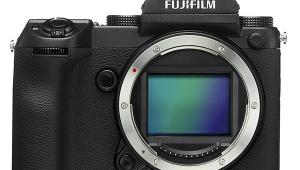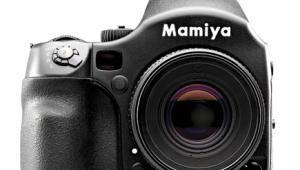New Pentax 67II Medium Format Camera Review
The recently introduced Pentax 67II medium format SLR camera extensively updates the original model Pentax 67 which was introduced in 1969 by incorporating today's technologies. This resulted in improved performance, excellent maneuverability and reliability while retaining compatibility with existing 67 system lenses and user-friendly accessories. This medium format SLR is designed for professionals and advanced amateurs; not only those individuals who have owned the original Pentax 67 (and still have this equipment) but also serious 35mm SLR users who seek larger film images. Since the control layout and handling are very similar to most 35mm cameras, transition to this far larger image camera is relatively easy. One appealing aspect of the 6x7 format is it produces almost the same proportions as standard photographic papers, thus little if any, image cropping is needed when making 8x10, 16x20, or bigger enlargements. Besides, these large, crisply detailed, images are well suited to really big enlargements. |
|||
When the accessory hot shoe grip is attached to the left side of the body you not only have an extra secure two-handed grip but you also obtain a dedicated hot shoe needed for TTL metered flash operation. The grip protrudes forward from the body and is contoured for a positive grip. Since it attaches to the twin lugs normally used for the neck strap, there are two additional lugs on the grip itself to support the neck strap. A five-pin dedicated shoe terminal transmits data between the flash and grip. |
|||
Changing from six segment to center-weighted to spot metering is as simple as moving one lever at the left rear of the meter prism. When this is done, an indicator LCD in the viewfinder also informs you of which metering mode is in use. |
|||
Practical Testing. Since I had never worked with the original Pentax 67, I got together with a friend, Gerald Oswalt, who has had a Pentax 67 for nearly 20 years that he uses primarily for aerial and wedding photography in our community. We made direct visual comparisons of his early model camera and the brand-new 67II I had. The prime external differences we immediately noticed were as follows. There is now a protrusion on the front right of the body making it far easier to firmly and securely hold the somewhat hefty and bulky camera with just your right hand. The shutter release has been repositioned so it's on a beveled area at the top front of the new grip making it easier to operate. The rotary on/off timer switch is now located around the shutter release. What's New About the 67II Technical Specifications |
- Log in or register to post comments




















































